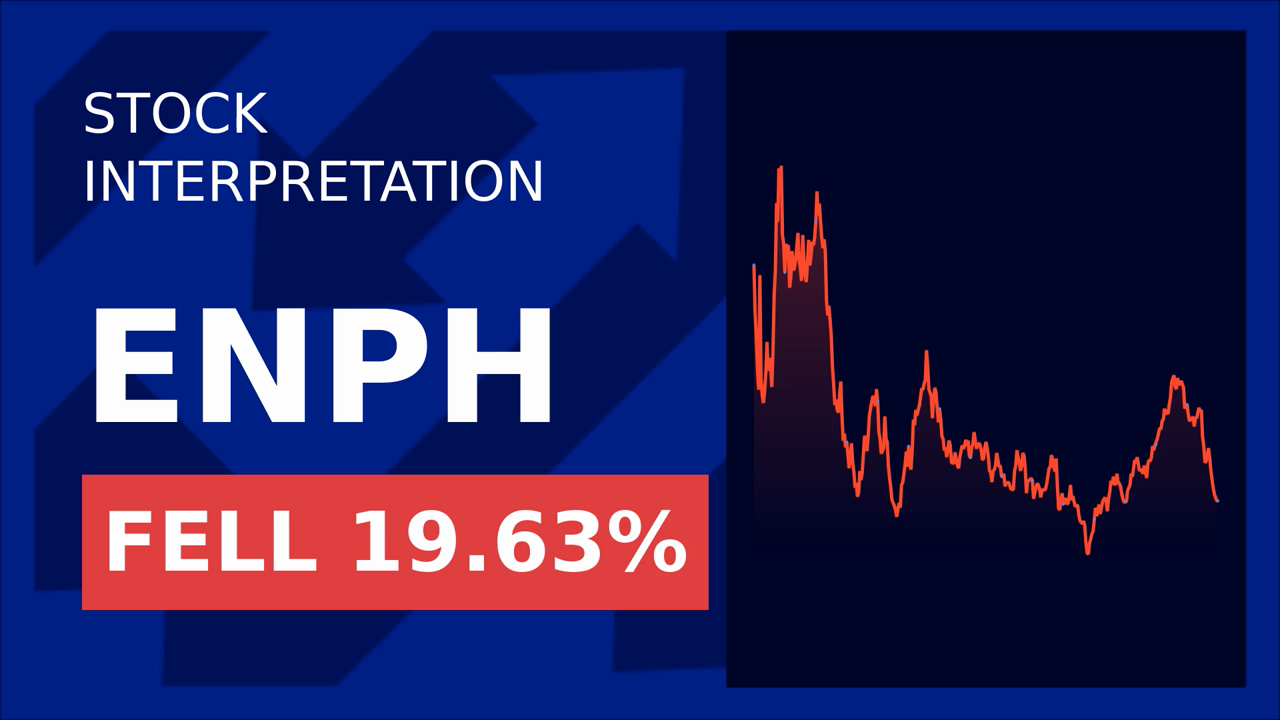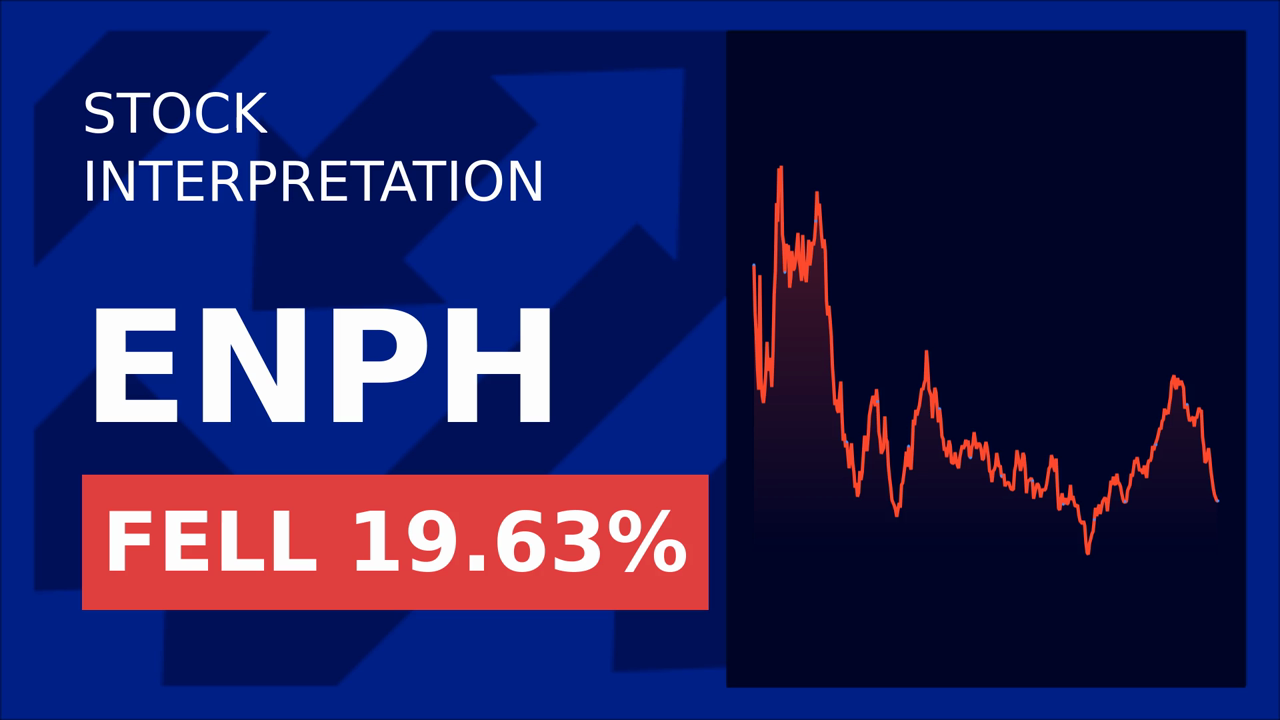Enphase Energy Faces Margin Headwinds as China Tariffs Bite
The solar technology leader Enphase Energy (ENPH) is navigating a storm of U.S. tariffs on Chinese imports, with management warning of up to an 8% margin hit in the third quarter of 2025. These tariffs, enacted under the Trump administration, are forcing the company to rework its supply chain while grappling with declining U.S. demand. Here’s why investors should pay close attention to this critical juncture for Enphase.

The Tariff Timeline and Margin Impact
The U.S. tariffs on Chinese imports, escalating from 10% in February 2025 to a staggering 145% by April 2025, have directly impacted Enphase’s battery supply chain. While an electronics exemption introduced on April 11, 2025, may have partially shielded some components, the company’s inability to rely on pre-tariff inventory has intensified costs.
- Q2 2025: A 2% reduction in gross margins due to tariffs, with GAAP margins projected at 42.0%–45.0% and non-GAAP margins at 44.0%–47.0%.
- Q3 2025: The margin hit could worsen to 6%–8%, as the company shifts production to U.S. facilities to qualify for Inflation Reduction Act (IRA) tax credits.
Why This Matters for Investors
The margin pressure stems from two interlinked challenges:
1. Supply Chain Restructuring: Enphase is moving battery production to the U.S. to avoid tariffs and meet domestic content requirements under the IRA. While this secures tax credits, U.S. manufacturing costs are 20–30% higher than in China or Mexico, squeezing margins.
2. Demand Volatility: U.S. revenue fell 13% sequentially in Q1 2025, driven by seasonal softness and tariff-driven pricing pressures. Meanwhile, European sales grew 7%, highlighting the importance of diversifying markets.
The Silver Linings
Despite the near-term pain, Enphase’s strategy includes long-term solutions:
- Product Innovation: The IQ Battery 10C (a U.S.-made storage solution) and the IQ Meter Collar aim to simplify installations and reduce costs.
- IRA Benefits: Qualifying for domestic tax credits could offset some margin erosion, though current projections show non-GAAP margins excluding IRA benefits dropped to 38.3% in Q1.
- Strong Balance Sheet: With $1.53 billion in cash reserves, the company has the liquidity to fund its transition without diluting shareholders.
What’s Ahead?
The critical question is whether Enphase can stabilize margins by year-end. Management’s focus on domestic production scale-ups and product mix optimization (e.g., higher-margin EV chargers) could mitigate the worst-case scenarios. However, risks remain:
- Tariff Uncertainty: If China retaliates further or the U.S. escalates trade measures, supply chain costs could rise again.
- Market Competition: Rival battery makers like Tesla (TSLA) and Sonnen may capitalize on Enphase’s margin struggles.
Conclusion: A Test of Resilience
Enphase’s margin headwinds are a temporary but significant challenge. The 6%–8% Q3 margin hit underscores the operational complexity of balancing tariff compliance, IRA incentives, and cost control. However, the company’s $356 million in Q1 revenue, strong cash position, and pipeline of new products suggest it can weather this storm.
Investors should monitor two key metrics:
1. Gross Margins in Q4 2025: A rebound toward 45%+ would signal successful supply chain adaptation.
2. U.S. Revenue Growth: A return to sequential growth above 5% would indicate demand resilience post-tariff adjustments.
While the near-term outlook is cloudy, Enphase’s leadership in microinverter and home energy storage systems positions it to rebound. For now, the stock’s valuation—trading at 35x forward earnings—reflects these risks. A buy signal may emerge once margin stability and U.S. demand recovery are confirmed.
Stay tuned to Enphase’s Q3 earnings report, where the 8% margin hit will be put to the test.










